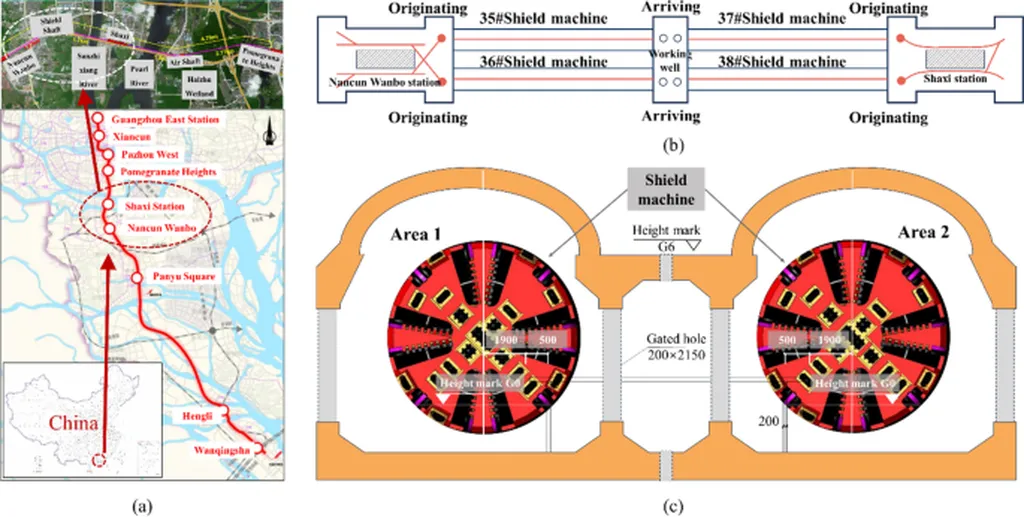In the realm of underground construction, shield tunnels have long been a staple for their efficiency and reliability. However, a recent study published in *Chengshi guidao jiaotong yanjiu* (Urban Rail Transit Research) is set to revolutionize the way we think about these structures. Led by Xinlin Wu from the China Railway Fourth Survey and Design Institute Group Co., Ltd., the research delves into the tolerances for new-type joint shield tunnel components and segment assembly, offering insights that could significantly impact the energy sector and beyond.
Shield tunnels traditionally use bolted connections, but the new-type joints discussed in Wu’s study promise several advantages. “Greater overall rigidity of segments, higher bending and shear resistance, low probability of water leakage, and a high degree of mechanized construction,” Wu explains. These benefits are not just theoretical; they have the potential to make shield tunnels more durable, safer, and cost-effective.
The study focuses on the Jiangxinzhou Shield Tunnel Project in Nanjing, establishing a tolerance accumulation analysis model for shield tunnel segment assembly with quick joints. This model is a significant step forward, as it allows for a sensitivity analysis of component characteristics and the impact of manufacturing tolerances on segment assembly.
One of the key findings is that the segment end face tolerance is the most critical factor. “The segment end face flatness tolerance is a key factor affecting the assembly reliability,” Wu notes. By controlling this tolerance within ± 0.1mm/m, the segment assembly reliability can meet engineering requirements, ensuring the structural integrity and longevity of the tunnels.
The implications for the energy sector are substantial. Shield tunnels are often used for housing critical infrastructure, including pipelines and cables. The enhanced reliability and durability offered by new-type joints could lead to more efficient and safer energy distribution networks. Moreover, the high degree of mechanized construction could reduce labor costs and speed up project completion times, making these tunnels a more attractive option for energy companies.
Wu’s research also proposes an assembly method capable of effectively controlling errors, further enhancing the reliability of these structures. This method, combined with the tolerance design for segment components, could set a new standard for shield tunnel construction.
As the energy sector continues to evolve, the need for robust and efficient infrastructure becomes ever more pressing. Wu’s research offers a glimpse into the future of shield tunnel construction, one where new-type joints could become the norm. The study not only advances our understanding of tolerance accumulation and assembly reliability but also paves the way for more innovative and efficient construction methods. In the words of Wu, “This research is a stepping stone towards a new era in shield tunnel construction, one that promises greater reliability, safety, and efficiency.”

